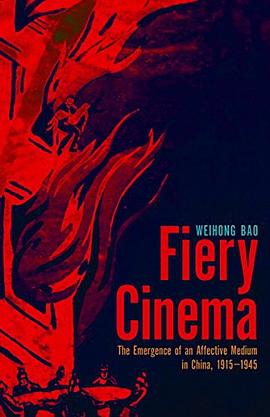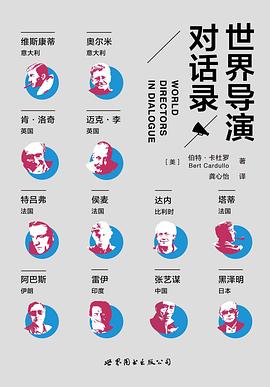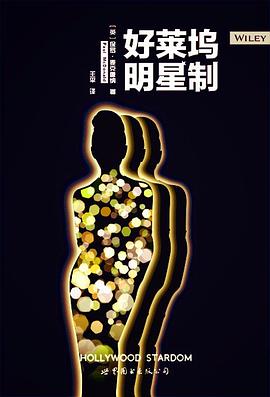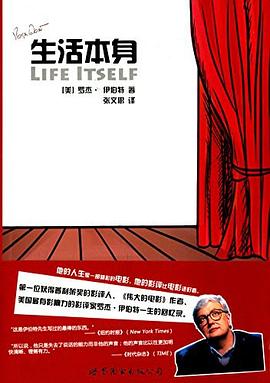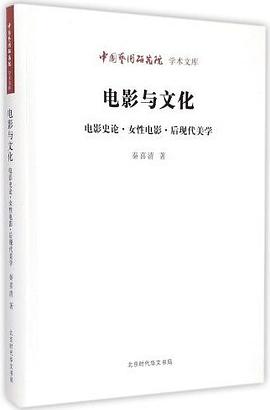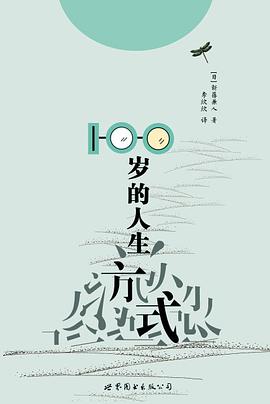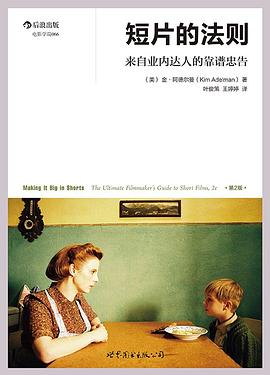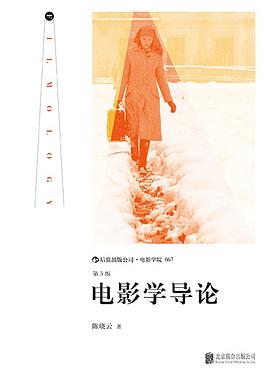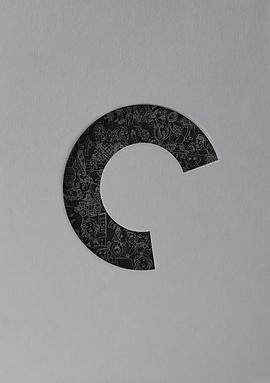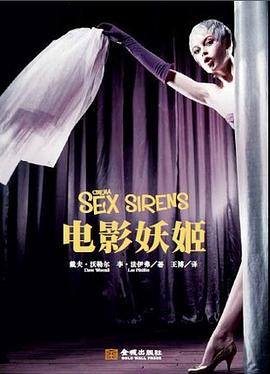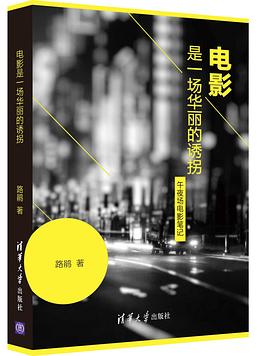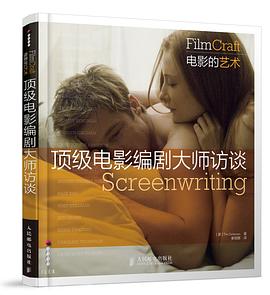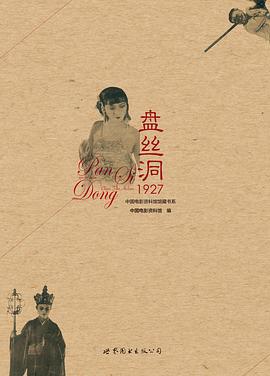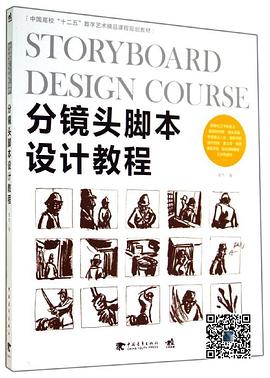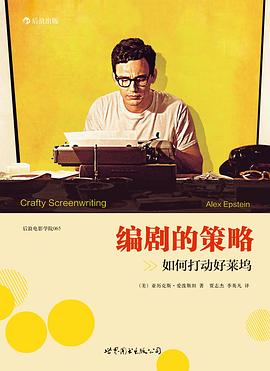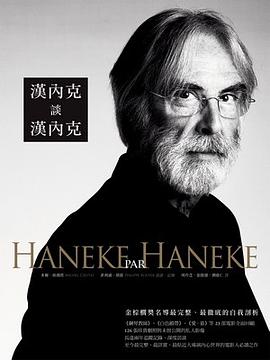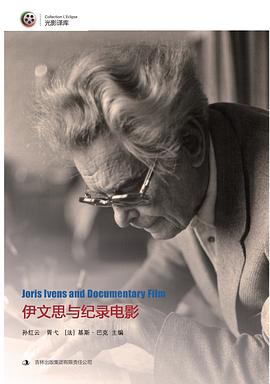
Part I. Resonance
1. Fiery Action: Toward an Aesthetics of New Heroism
2. A Culture of Resonance: Hypnotism, Wireless Cinema, and the Invention of Intermedial Spectatorship
Part II. Transparency
3. Dances of Fire: Mediating Affective Immediacy
4. Transparent Shanghai: Cinema, Architecture, and a Left-Wing Culture of Glass
Part III. Agitation
5. “A Vibrating Art in the Air”: The Infinite Cinema and the Media Ensemble of Propaganda
6. Baptism by Fire: Atmospheric War, Agitation, and a Tale of Three Cities
Acknowledgments
Notes
Filmography
Index
· · · · · · (收起)
具体描述
What was cinema in modern China? It was, this book tells us, a dynamic entity, not strictly tied to one media technology, one mode of operation, or one system of aesthetic code. It was, in Weihong Bao’s term, an affective medium, a distinct notion of the medium as mediating environment with the power to stir passions, frame perception, and mold experience. In Fiery Cinema, Bao traces the permutations of this affective medium from the early through the mid-twentieth century, exploring its role in aesthetics, politics, and social institutions.
Mapping the changing identity of cinema in China in relation to Republican-era print media, theatrical performance, radio broadcasting, television, and architecture, Bao has created an archaeology of Chinese media culture. Within this context, she grounds the question of spectatorial affect and media technology in China’s experience of mechanized warfare, colonial modernity, and the shaping of the public into consumers, national citizens, and a revolutionary collective subject. Carrying on a close conversation with transnational media theory and history, she teases out the tension and affinity between vernacular, political modernist, and propagandistic articulations of mass culture in China’s varied participation in modernity.
Fiery Cinema advances a radical rethinking of affect and medium as a key insight into the relationship of cinema to the public sphere and the making of the masses. By centering media politics in her inquiry of the forgotten future of cinema, Bao makes a major intervention into the theory and history of media.
用户评价
##"Left-wing culture of glass"
评分##膜拜????
评分##首先必须承认Affective Medium是个超级有意思的framework,基于Henri Bergson,将电影放置在观众(Subject)和表征(Object)中间。它不只是一个机械化的观看机制,让创作者主动得把故事和信息喂给被动的观众。当然可能好莱坞大部分老白中产阶级是这样,但我想,他们看了一部烂片也会愤愤不平吧。所以在不同的社会语境下,必定有一个东西把观众和表征串在一起。在包卫红的眼里,它就是情动。当然在现代性中,要谈语境,确实跨媒介的角度是很合适的。自己要写点农村放映的东西,包的研究可能第一个关注民国时期的农村放映,之前的研究都过度关注上海等大城市了,第五章还是很有帮助的。我不太喜欢第二章,虽然说电视词源上可能是千里眼,但是电视媒介的引入真的与老百姓集体对于通灵的兴趣有关?
评分##膜拜????
评分##英文水平不足以让我看懂他的深邃思想。
评分##不是那种一眼看上去就让人喜欢的书。槽点很多,比如语言晦涩造成的阅读障碍、脑洞过大的理论解读,每个章节内部的结构也有些松散。但相比于其他中国早期电影研究(比如张真那本),包卫红确实抓住了一个更有概括力和延展性的视角。把电影看作affect medium,由此勾连了左翼电影和商业电影(甚至政治宣传片),突出了电影媒介和其他媒介的互动(戏剧、建筑、报纸、大众科学等等),对于重新思考20世纪中国文艺史整体都有帮助。
评分##不是那种一眼看上去就让人喜欢的书。槽点很多,比如语言晦涩造成的阅读障碍、脑洞过大的理论解读,每个章节内部的结构也有些松散。但相比于其他中国早期电影研究(比如张真那本),包卫红确实抓住了一个更有概括力和延展性的视角。把电影看作affect medium,由此勾连了左翼电影和商业电影(甚至政治宣传片),突出了电影媒介和其他媒介的互动(戏剧、建筑、报纸、大众科学等等),对于重新思考20世纪中国文艺史整体都有帮助。
评分##slightly overrated? 除了glass architecture眼前一亮以外,其他都像是把media theory的framework套在电影上
评分##A very solid study
相关图书
本站所有内容均为互联网搜索引擎提供的公开搜索信息,本站不存储任何数据与内容,任何内容与数据均与本站无关,如有需要请联系相关搜索引擎包括但不限于百度,google,bing,sogou 等
© 2025 book.tinynews.org All Rights Reserved. 静思书屋 版权所有

